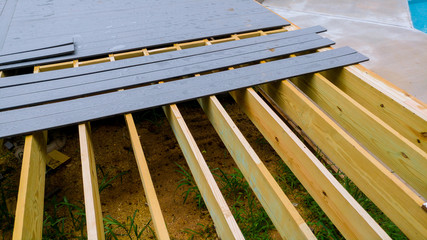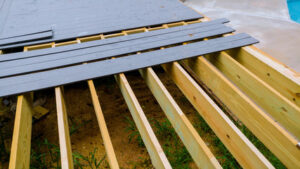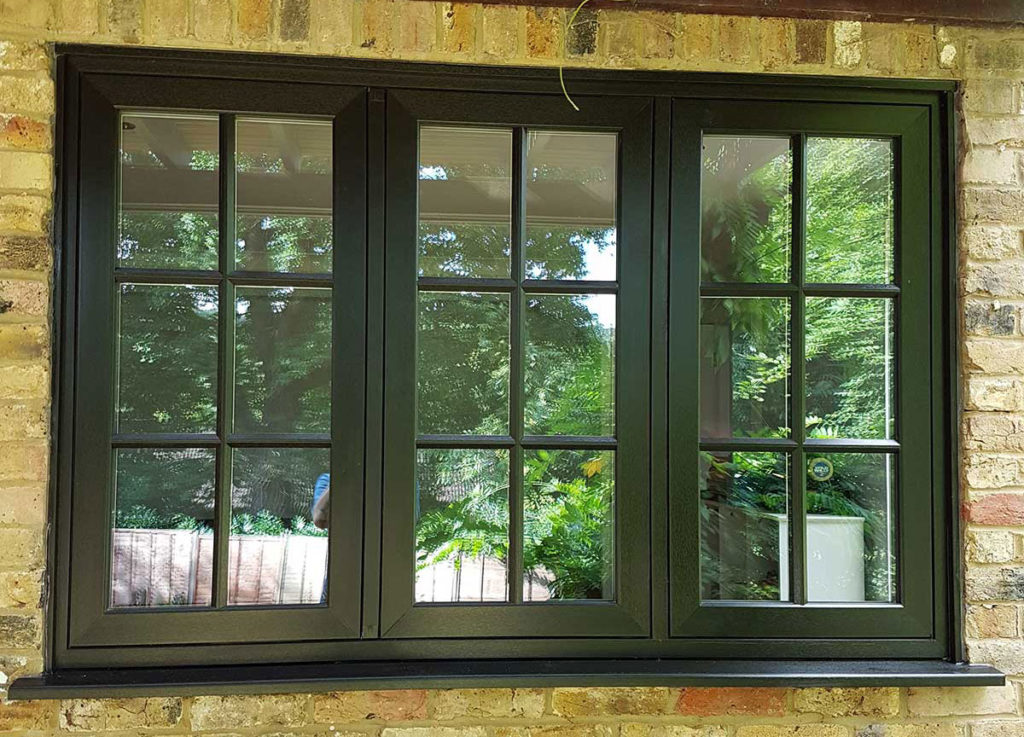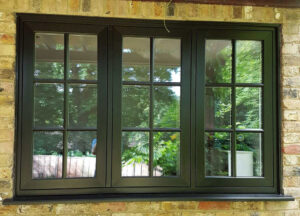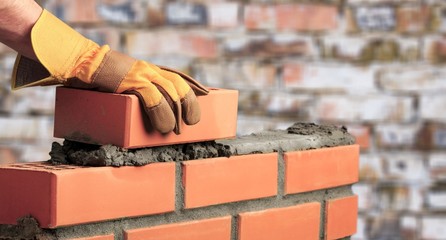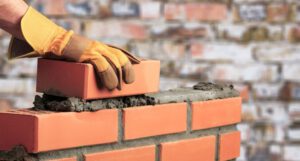A career in plumbing can offer many benefits, from job security to a sense of accomplishment. It’s a lucrative business that can provide financial independence and flexibility.
Professionals are able to diagnose and fix issues quickly, saving you time and money. They also ensure that the work is done correctly and follows local codes and regulations. Contact Ranger Plumbing Company for professional help.
When you hire a licensed plumber, you can rest assured that the work they perform will be of high quality. This is because professional plumbers have undergone extensive education and apprenticeship programs in order to be licensed. They also have to stay up-to-date on the latest techniques and building codes. Licensed plumbers are also insured, so you can have peace of mind knowing that they will be covered in case something goes wrong during the job.
Another reason why you should always choose a licensed plumbing company is that they have the proper tools and equipment for each job. This ensures that they will be able to get the job done correctly and quickly. It also means that they will not cause further damage to your property while working on it.
If you choose to hire an unlicensed plumber, then you will have no recourse if they cause any damages. This is because only licensed plumbers carry insurance that covers their work. If they make a mistake, then you can file a claim against them. In contrast, if you hire an unlicensed handyman and they cause damage to your home, then you will have no way to file a claim against them.
In addition to having commercial liability insurance, it is also important for plumbers to be bonded. This is because the bond can cover expenses that are not covered by insurance in the event of a mishap. For example, if your plumber accidentally breaks your favorite vase while working in your home, the bond will help to cover the cost of replacing it.
Licensed plumbers are also required to have workers’ compensation insurance, which helps pay for medical bills and lost wages in the event of an injury. This is because plumbing work can be very dangerous, so it’s important to have coverage in place.
Insurance costs for plumbers rise progressively as their revenue and work complexity grows. This is because higher revenue increases the risk of expensive accidents and claims. However, the good news is that you can mitigate risks and keep your premiums down by working with a reputable insurance advisor who understands the unique insurance needs of plumbers.
Expertise
Having expertise means you have the knowledge and skills to perform at a level that is superior to others. People who possess this status are referred to as experts, virtuosos, mavens, and prodigies, among other terms. Experts can accomplish a wide range of tasks and skills in many domains, including sports, music, art, and science.
A more sophisticated view of expertise stresses a particular kind of informational resources that experts have, including a library of descriptions, interpretations, and causal explanations about how different policy instruments might map into likely outcomes in their policy area. This information reduces uncertainty about the likely effects of policy options and thus facilitates decision making.
Reliability
A plumbing system is the unsung hero of modern living, from providing clean water to disposing of waste safely. When it malfunctions, the results can be disruptive and expensive. Fortunately, professional plumbers are available to keep homes and businesses running smoothly. The key to reliable plumbing services is expert workmanship, quality materials, and compliance with industry standards.
Local plumbers use a wide range of tools and equipment to ensure effective, efficient repairs and installations. They are also familiar with building codes, which protects clients from having to pay fines or have their properties demolished. Furthermore, plumbers are equipped to handle all aspects of a plumbing project, including installing new fixtures, pipes, and drains.
When hiring new plumbers, reputable companies carefully select applicants based on their plumbing skills and customer service mindset. They conduct thorough interviews and use hands-on assessments to gauge a candidate’s abilities in common plumbing scenarios. They also check references and verify licenses and certifications. In addition, they train their staff on customer service strategies and use feedback to improve their services.
Plumbing systems require regular maintenance to ensure smooth operation. A skilled plumber performs preventative inspections to identify potential issues before they become major problems. This includes testing the pressure relief valve on a water heater and inspecting drains and sewer systems for leaks. In addition, a plumber will clear blockages and clean tanks and reservoirs to ensure water quality and flow.
Choosing premium fixtures increases the longevity of plumbing systems, reducing maintenance needs and repair costs. Durable materials such as copper piping and brass fittings resist corrosion, while features like ceramic disc valves and water-efficient designs enhance performance and durability. Additionally, high-quality fixtures add a touch of elegance to bathrooms, kitchens, and laundry rooms.
A reliable plumbing system is critical to the success of commercial spaces, from ensuring a consistent supply of clean water to managing waste disposal. A dependable plumbing company provides quick response times to emergencies and offers regular maintenance to prevent costly disasters. Moreover, they offer custom solutions tailored to specific needs and budgets. These include upgrading older systems with energy-efficient options and integrating smart water technologies.
Customer Service
When a customer hires a plumber, they expect to receive expert advice and superior plumbing services. A customer service-oriented plumbing company is committed to delivering these experiences. These companies go above and beyond to create positive customer experiences through email marketing, referral programs, and analytics. This approach to customer service helps to build brand reputation and establishes a plumbing business as a trustworthy and reliable choice in the local marketplace.
The plumbing industry is facing challenges in the current climate, but a dedicated focus on customers can help to make a big difference. Today’s customers are looking for personalized experiences that set businesses apart from their competitors and ensure that they return to those brands in the future. This can be achieved through a combination of strategies, including ensuring that your website has all of the information that a potential customer would want to see.
Creating a mobile-friendly website with your contact information and a list of your available services is an excellent start. It’s also important to include a photo of your team and an online booking system to make it easy for your customers to get in touch with you.
Another way to show a commitment to your customers is by implementing a referral program that rewards your existing clients for their loyalty. By encouraging their referrals, you can boost your business and increase the number of new customers that you serve each month.
It’s also important to have a clear list of your fees and policies so that your customers know exactly what to expect. Unexpected issues can sometimes arise during the course of a plumbing project, so having a clear process in place to address these problems will prevent costly mistakes and ensure that your customers are satisfied with the end result.
Lastly, it’s essential to have an effective social media strategy that reaches your target audience and showcases your expertise in the plumbing industry. You can do this by running targeted Facebook ads that reach homeowners in your service area and featuring your contact information and a detailed description of your services in every post. You can also use Instagram stories to share daily behind-the-scenes content and emergency maintenance tips with your followers.


